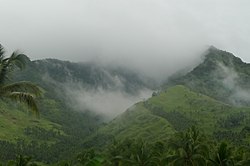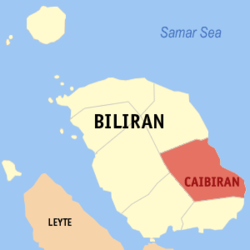
Cabucgayan, officially the Municipality of Cabucgayan, is a 5th class municipality in the province of Biliran, Philippines. According to the 2020 census, it has a population of 21,542 people. The town's populace predominantly speaks Waray.

Almeria, officially the Municipality of Almeria, is a 5th class municipality in the province of Biliran, Philippines. According to the 2020 census, it has a population of 17,954 people.

Biliran, officially the Municipality of Biliran, is a 5th class municipality in the province of Biliran, Philippines. According to the 2020 census, it has a population of 17,662 people. The town's populace predominantly speaks Waray.

Culaba, officially the Municipality of Culaba, is a 5th class municipality in the province of Biliran, Philippines. According to the 2020 census, it has a population of 12,972 people.The town's populace predominantly speak Waray language.

Kawayan, officially the Municipality of Kawayan, is a 5th class municipality in the province of Biliran, Philippines. According to the 2020 census, it has a population of 20,455 people.
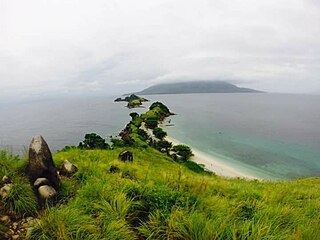
Maripipi, officially the Municipality of Maripipi, is a 5th class municipality in the province of Biliran, Philippines. According to the 2020 census, it has a population of 6,373 people, making it the least populated town in the province. The town's populace predominantly speak Waray language.
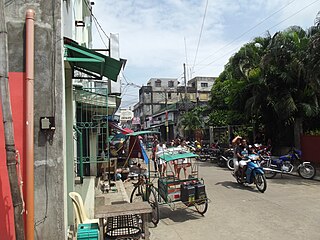
Naval, officially the Municipality of Naval, is a 2nd class municipality and capital of the province of Biliran, Philippines. According to the 2020 census, it has a population of 58,187 people making it the most populous in the province.

General MacArthur, officially the Municipality of General MacArthur, is a 5th class municipality in the province of Eastern Samar, Philippines. According to the 2020 census, it has a population of 14,411 people.
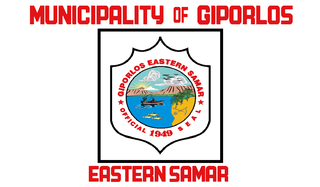
Giporlos, officially the Municipality of Giporlos, is a 5th class municipality in the province of Eastern Samar, Philippines. According to the 2020 census, it has a population of 13,117 people.

Jipapad, officially the Municipality of Jipapad, is a 5th class municipality in the province of Eastern Samar, Philippines. According to the 2020 census, it has a population of 8,439 people.

Llorente, officially the Municipality of Llorente, is a 3rd class municipality in the province of Eastern Samar, Philippines. According to the 2020 census, it has a population of 21,459 people.

Maslog, officially the Municipality of Maslog, is a 5th class municipality in the province of Eastern Samar, Philippines. According to the 2020 census, it has a population of 5,463 people, making it the least populated town in the province and in the Visayas.

Mercedes, officially the Municipality of Mercedes, is a 5th class municipality in the province of Eastern Samar, Philippines. According to the 2020 census, it has a population of 6,112 people.

Quinapondan, officially the Municipality of Quinapondan, is a 5th class municipality in the province of Eastern Samar, Philippines. According to the 2020 census, it has a population of 14,507 people.

Salcedo, officially the Municipality of Salcedo, is a 5th class municipality in the province of Eastern Samar, Philippines. According to the 2020 census, it has a population of 22,136 people.

Taft, officially the Municipality of Taft, is a 4th class municipality in the province of Eastern Samar, Philippines. According to the 2020 census, it has a population of 18,786 people.

Kananga, officially the Municipality of Kananga, is a 1st class municipality in the province of Leyte, Philippines. According to the 2020 census, it has a population of 59,696 people.

Leyte, officially the Municipality of Leyte, is a 4th class municipality in the province of Leyte, Philippines. According to the 2020 census, it has a population of 40,397 people.
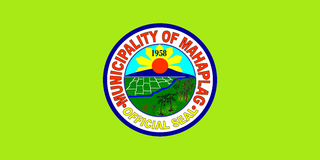
Mahaplag, officially the Municipality of Mahaplag;, is a 4th class municipality in the province of Leyte, Philippines. According to the 2020 census, it has a population of 27,865 people.

Tabontabon, officially the Municipality of Tabontabon, is a 5th class municipality in the province of Leyte, Philippines. According to the 2020 census, it has a population of 11,902 people.
